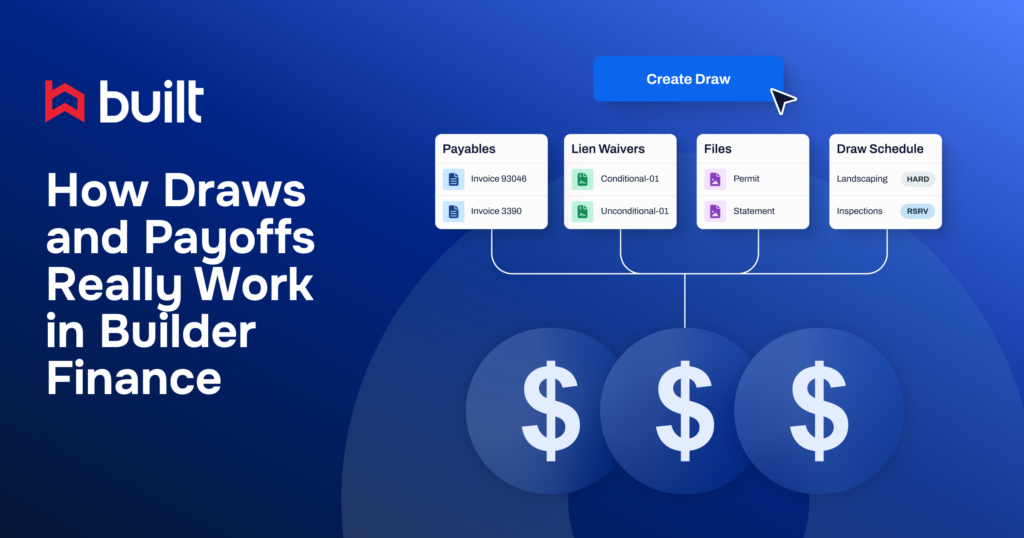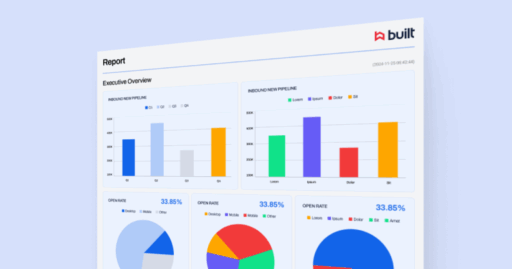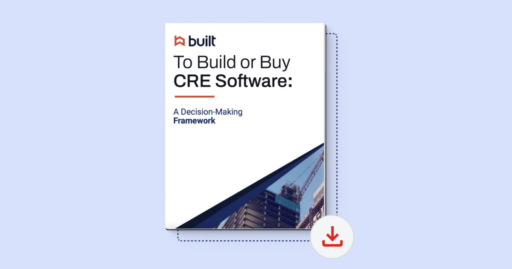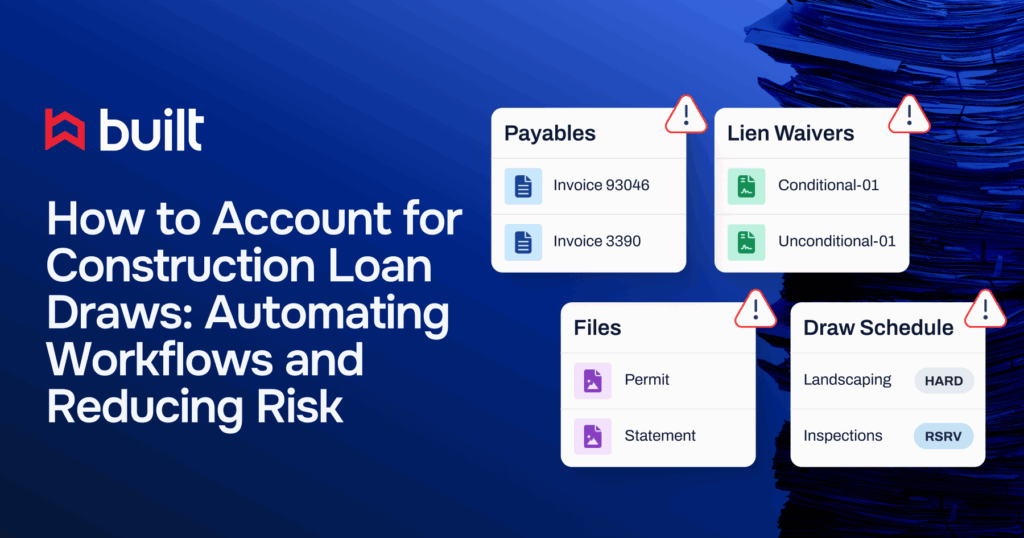
Watch What Happens When Community Banking Embraces Tech

Community banking often focuses on relationships over technology, but the two can — and should — live in harmony. There’s an appetite among these institutions to do more with the digital experience, which can make a compelling case for technology investment and adoption. On the flip side, community banks are putting investments of all kinds — loans and software alike — under a higher level of scrutiny due to the present economic climate.
As the Director of Commercial Real Estate Solutions at Built, I work with lenders every day. I’ve come to deeply understand the unique portfolios of CRE lenders, plus the processes and technology that deliver tailored software solutions and drive disproportionate value. By the same token, I see what can happen when CRE lenders embrace technology: they can streamline operations, reduce manual tasks, and gain more granular insights into portfolio performance on the fly.
This potential is not without hurdles. By understanding the compelling opportunities — and hurdles — of embracing the right technology as a community bank, you can maximize your chances of success when upgrading your tech stack and avoid getting left behind.
What CRE lenders should look for in software
As a financial leader for a lending institution, there are certain things you look for in a software investment. These factors include solutions that:
- Create efficiencies through streamlining manual processes (like receipt, collection, organization, and review of documentation).
- Implement, enforce, and monitor policies and procedures at the bank level on a digital platform
- Deliver their solution in a way that is simple enough to integrate while maintaining its effectiveness.
- Can prove a tangible positive impact on a lender’s bottom line through social proof with peer lenders, borrowers, and other stakeholders (like builders) in their respective markets. (Banks tend to lean on each other, so seeing how a piece of software has worked for an institution of their size, with their customer-base, makes this crucial — and even more so for community banks. Plus, I’ve personally seen builders who won’t work with banks who aren’t using Built.)
Your community just got bigger
When a community bank differentiates themselves through technology, their world gets bigger.
Streamlining communications through technology has huge customer appeal and taps into the industry’s “relationship-first” ethos. With smaller lenders — like community banks, where relationships are key — technology can augment relationships and even create a competitive advantage.
When introducing new technology, institutions often fear that it will replace relationships. In the case of a construction loan, the draw process is 10% of a developer or builder’s time but 90% of their headache. Technology can facilitate a smoother process, enabling the bank’s customer to focus on their business, which is good for the customer, the loan, and the bank alike. Additionally, eliminating unnecessary noise leaves more time for communication where it’s actually needed.
Where technology really shines for community banks is on the compliance front. With increased regulatory scrutiny, banks must keep a tighter pulse on their portfolio. Solutions that efficiently mitigate risk have a premium value. This is good for the lender, who can ensure projects get completed on time, on budget, and at a lower risk of default or loss.
Obstacles as a landmark
Simply because of size, smaller banking institutions typically have fewer IT resources to allocate towards technology adoption, making project management an issue right out of the gate. Implementations need to be quick and turnkey, with a light touch on bank resources. This is a solid outline for what to look for in a CRE lending software solution, but it can be hard to find. Not many partners out there can deliver, so it’s crucial to vet implementation plans and company resources beforehand. Can the software partner give you what you need to make the process as turnkey as possible for you as a lender? It also helps when the partner has in-house subject matter expert resources to consult on best practices, which is something Built prioritizes.
Community banks keep good company, which is why these institutions often have more tenured staff and stronger local relationships than their larger counterparts. With this, I see a lot of deep, institutional knowledge held in the hands of only a few people. Software systems can help scale teams while creating process continuity. Senior decision-makers can consider this as leverage that allows them to turn their attention to other areas of the enterprise (and they may just feel relieved as a result).
High touch, high tech
Community banks have the opportunity to position themselves for success in an increasingly competitive and regulated environment. The key? To view tech not as a threat to traditional banking models, but rather as a powerful tool that enhances and extends the personalized services that set community banking apart from the pack.
As the financial services industry continues to evolve, those institutions that successfully blend high-touch relationship banking with high-tech solutions will be best positioned to thrive moving forward.








